Case Study
Solving a Service Challenge Using Drones
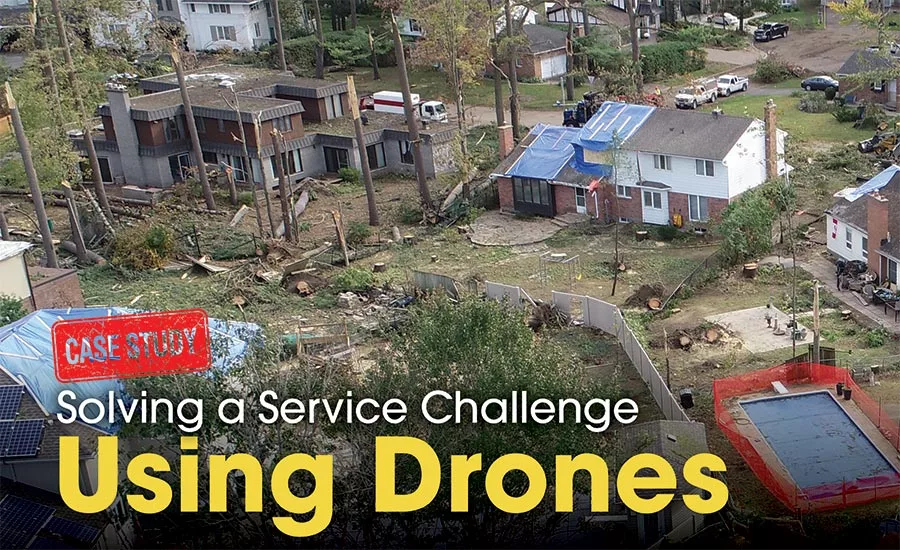
Photos courtesy of Belfor
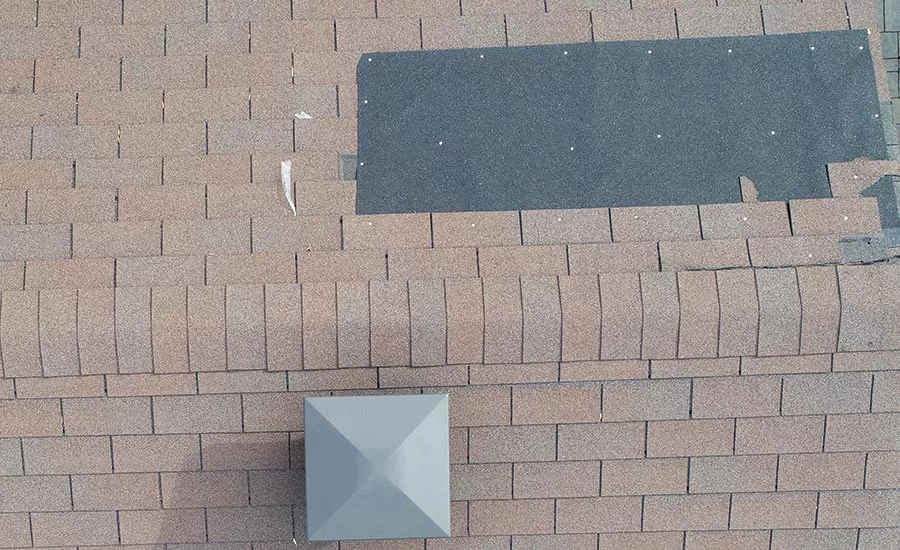
Photos courtesy of Belfor
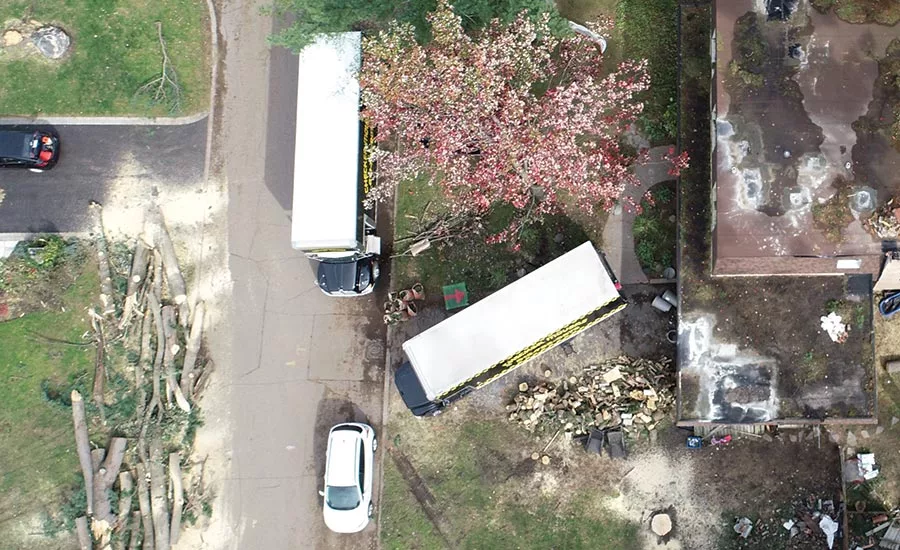
Photos courtesy of Belfor
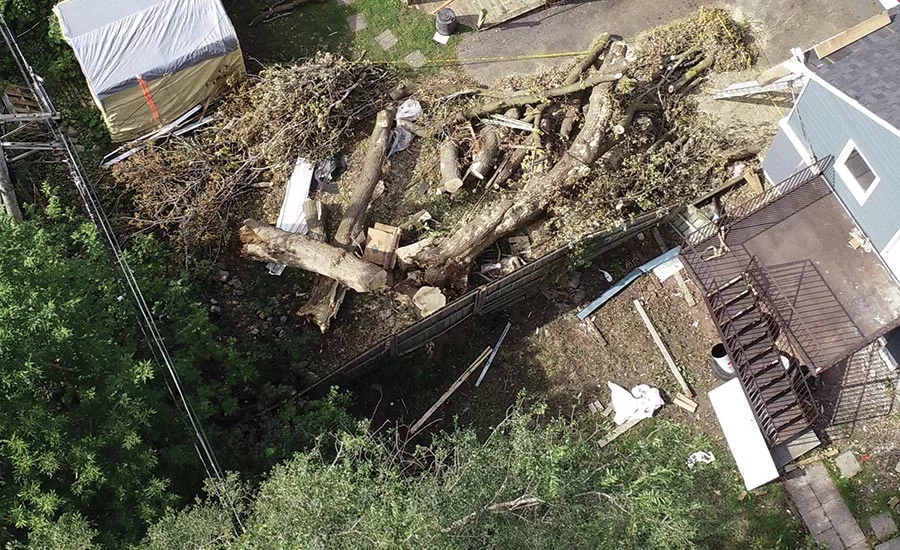
Photos courtesy of Belfor
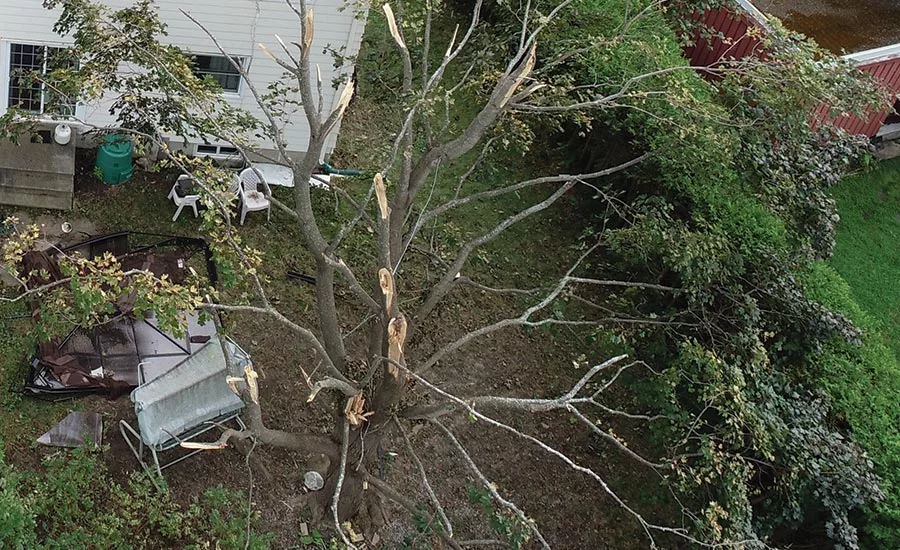
Photos courtesy of Belfor
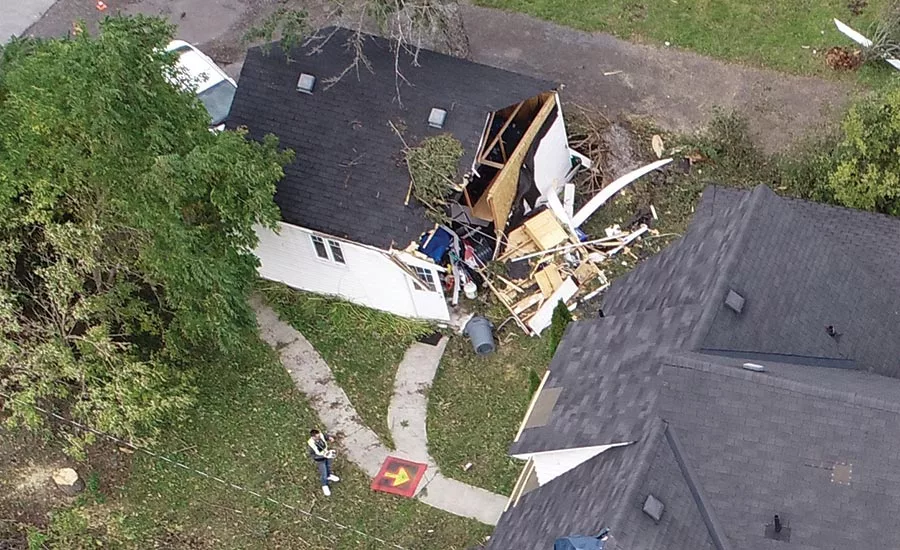
Photos courtesy of Belfor
Severe weather often triggers high-volume loss events that create a performance challenge for carriers and contractors. Service timelines deteriorate because repair estimates are delayed for days or weeks while loss data such as damage evaluation, measurements, and photographs are collected. Historically, wide-ranging weather events that affect roofs take the longest to resolve because inspecting these is a specialist task that few restoration contractors handle in-house. As a result, work is sub-contracted to roofing/siding companies and they quickly get overwhelmed with simultaneous service demands from many contractors.
Belfor Property Restoration is a leading Canadian restoration contractor that provides emergency and restoration services to insurance companies and is expected to meet stringent performance deadlines no matter what the circumstances. Policyholders’ peace of mind, damage assessment, and resource availability are three major responsibilities that have to be managed effectively.
When weather events such as the Ottawa / Gatineau / Dunrobin tornadoes unfold, Belfor has to be ready to deploy resources at short notice. However, scalability is a recurring issue in resource-intensive industries like emergency mitigation, so balancing service capacity versus demand is always difficult.
"We had to look beyond traditional solutions..."
--Belfor Property Restoration
Belfor needed a solution to this capacity issue in order to meet their performance and service goals. “Our objective is to exceed the expectations of carriers and the urgent needs of their policyholders,” says Beck Wells, Vice President, Regional Manager – Central Canada, Belfor Property Restoration. “We had to look beyond traditional solutions to deliver on those needs at a speed and accuracy that current technology just didn’t deliver.”
Goals
Belfor’s goals were straightforward but demanding:
- Complete roof inspections within five days of job notification versus the standard seven or more days
- Acquire detailed photographs of damage, accurate roof measurements, and a comprehensive report combining all the data in a format acceptable to insurance professionals
- Deliver accurate measurement data to Belfor estimators within hours of the inspection
- Achieve all of this in-house instead of relying on third parties
- Ensure employee safety at all times
Solution
Drone Software Canada Inc. (DSC) provides the Canadian p&c and parallel industries with a complete UAV solution and Belfor turned to them in early 2018 for a comprehensive productivity and safety solution. Hardware, software, training, regulatory compliance, and industry-specific know-how were the key requirements that Belfor wanted from their solution partner.
Belfor commenced a national program to develop an in-house drone team working with IMGING® drone automation software and arranged training and certification for Belfor offices in Alberta, Ontario, and Newfoundland and Labrador – all regions with a history of major roof-damaging weather events. Then, as a contingency, Belfor added an external on-demand pilot service through TCI Square Inc., a commercial drone pilot network.
UAV Inspections = speed, accuracy, consistency, and safety
On Sept. 21, 2018, the Canadian cities of Ottawa and Gatineau, and the nearby town of Dunrobin were hit by a series of tornadoes. Property damage was extensive and hundreds of structures were affected. Tornadoes in this region are rare and these struck with little warning.
Belfor received over 110 assignments in two days. The first priority was to rapidly mobilize the right resources. The focus was on damage assessment so that emergency repairs could be carried out quickly.
Two UAV pilots arrived in Ottawa within 24 hours. Once onsite at Belfor’s branch office, they set up UAV missions using the IMGING inspection app and quickly obtained flight permissions from the air traffic regulator, Nav Canada.
They started inspections the following morning. Access to locations was frequently restricted due to obstructed roads and downed power lines. Poor weather conditions further hampered progress. The two pilots together managed fewer than 20 inspections on day one. Although a good total, this was short of full capabilities. Nevertheless, detailed measurements, roof diagrams, high-resolution photos with automatic damage detection, 3D imagery, estimating data exports and PDF reports were ready for Belfor’s project managers by the next morning.
Matters improved significantly the next day. City workers had done an outstanding job restoring services and clearing roads and the roof inspection count rocketed upwards. Almost 30 inspections were completed on day two. The pace didn’t drop after that. By the end of day four, 113 scans were complete, and detailed reports were in the hands of Belfor’s project managers. Every report was identical in layout and accuracy.
UAV provide speed and safety unmatched by ladder-based inspections:
- Storm damaged buildings
- Steep roof pitches
- Light frost cover
- Fire damaged roofs
The team of drone pilots left the Ottawa area the same day. Mission accomplished.
Results
- All inspections were completed 1.5 days ahead of schedule – well within Belfor’s best-case goals
- All images were available immediately after the scan and data were available overnight in some cases but within six hours in a majority of cases.
- Every inspection was completed without calling in roofers
- No Belfor employees climbed a ladder.
- An unexpected result was the positive reaction from homeowners – the pilots fielded many questions about the technology.
"Drone-based inspections will permanently improve how we respond to these kinds of events."
-- Beck Wells, Vice President, Regional Manager--Central Canada
In summing up this event, Beck Wells stated, “We had very positive feedback about the UAV reports from our Ottawa project managers. We also noticed that several homeowners were very interested in the drone and commented on the innovative use of this technology. Overall, IMGING helped resolve cases at lightning speed and produced detailed reports loaded with useable data that can only be described as game-changing. Drone-based inspections will permanently improve how we respond to these kinds of events”.
Looking for a reprint of this article?
From high-res PDFs to custom plaques, order your copy today!






